Tibet has a vibrant, purely indigenous cultural heritage. Which is best expressed in its various art forms – all invariably inspired by religion, chiefly Buddhism. However, geopolitically positioned in the heartland of Asia, Tibet has, in the past, been a kind of bait to its neighbours: Russia, Mongolia, China, and British India. And susceptible to their varying influences as well. Yet, through the rolling centuries, it has retained its unique culture, customs, and ethnic identity. Carrying over 20 papers, based largely on archival records and hard-to-reach government documents, this volume perceptively explores certain significant aspects of Tibetan history, art, literature, and religion – from ancient times to the present-day developments.
The papers here are essentially the presentations of the International Conference: November, 2009, which was jointly organized by the University of Delhi and Central University of Tibetan Studies, Varanasi. The contributors are specialists in Tibetology from India and abroad.

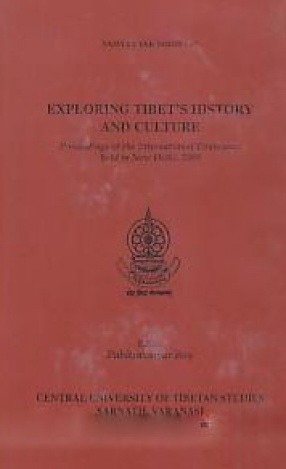
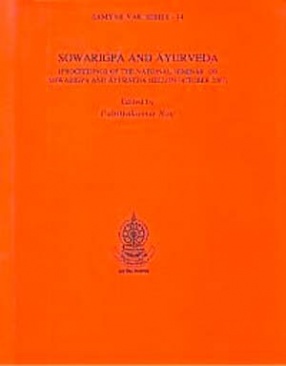
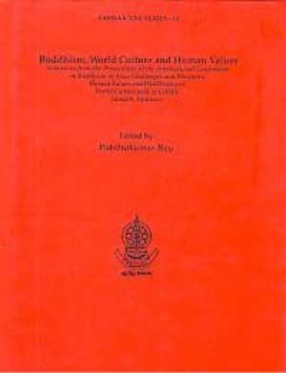
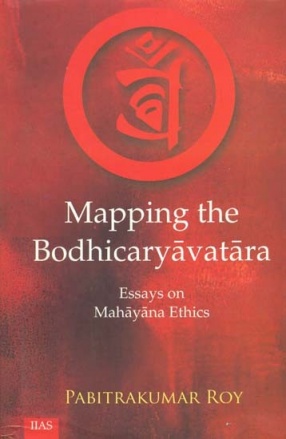
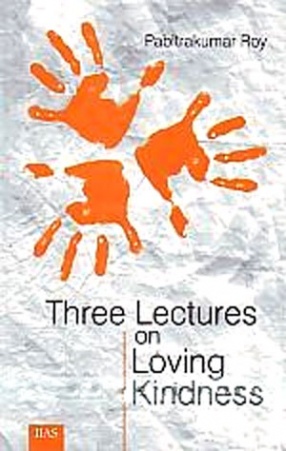
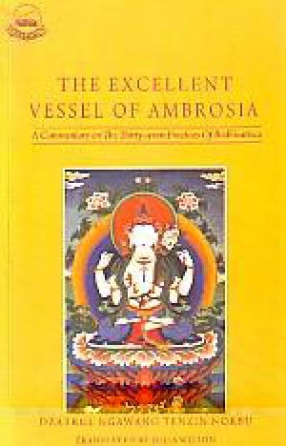


There are no reviews yet.